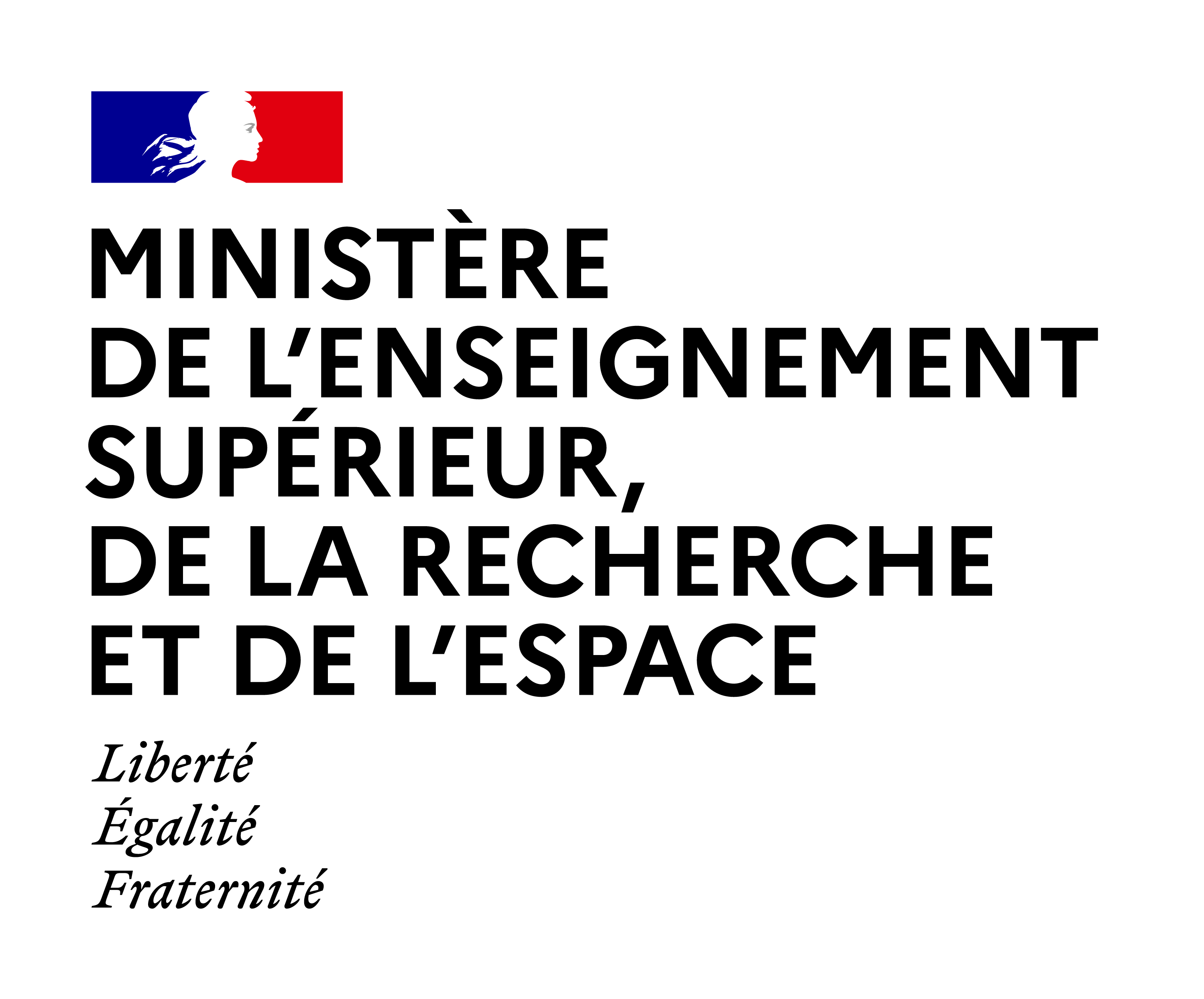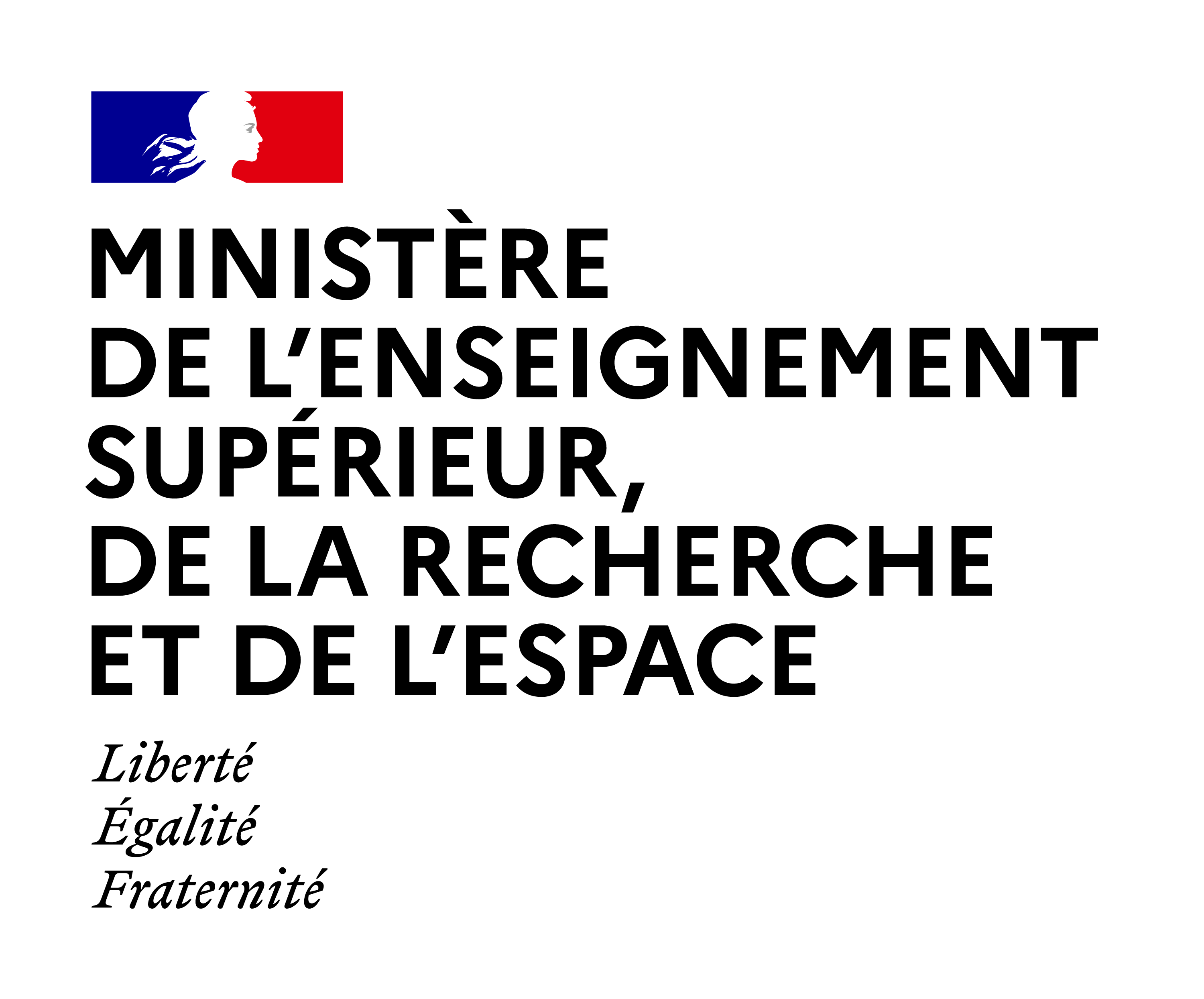
Sommaire
04 - Images de la ville postindustrielle anglophone - Philipp Drummond et Leland Tracy
Date de création :
08.11.2018Auteur(s) :
Philipp DRUMMOND, Leland TRACYPrésentation
Informations pratiques
Droits réservés à l'éditeur et aux auteurs.
Description de la ressource
Résumé
Philipp Drummond - The Cinematic North of England: Post-Industrial Identities in The Full Monty and Brassed Off If London was the key hub of the British Empire as it waxed and waned between 1600 and the mid-20th Century, its engine room was the North of England, the birthplace of the global Industrial Revolution, with the discovery of steam-power, the rise of the factory and railway systems, and the growth of the powerful twin industries of coal and steel. The collieries of Yorkshire, with the steel city of Sheffield at their heart, were fundamental to these developments, and it is here that the recent effects of de-industrialisation were most sharply felt as these industries were eventually destroyed by the forces of political change and globalisation. This Paper considers British Cinema’s wider representations of Yorkshire – with its characteristic tensions between industrial urbanism and the beauties of rural nature – and of ‘the North’ in general in its various socio-political differences from the all-powerful ‘South’. Analysis is focussed on two richly symptomatic feature films of the later 1990s, poignant social comedies which chronicle the impact of these changes, and the new personal, social and spatial identities to which they gave rise. In Mark Herman’s Brassed Off (1996), Yorkshire miners in the imaginary village of ‘Grimley’ struggle to at least maintain their roles as brass band musicians when the local pit closes; in the case of Peter Cattaneo’s The Full Monty (1997), redundant steelworkers in Sheffield opt for a rather different and new relationship to music when, for one night only, they decide to become the most revealing of striptease artistes. Comparing and contrasting the two films, the Paper explores the changing images of masculinity and femininity occasioned by the new relationships with labour, unemployment, city, and landscape, as well as the deployment of cultural paradigms from the world of popular culture which, harnessing the transformative power of the musical genre, mark the films as fantasies of personal survival in an inimical and alienated environment. Leland Tracy - Pets or Meat? – Contrasting Portrayals of Flint, Michigan in Michael Moore’s Roger & Me Flint, Michigan has a remarkable place in the history of American automobile manufacturing. It was the birthplace of General Motors, once the world’s largest automobile manufacturer, and the setting for the 1937 Flint sit-down strike, which led to the United Automobile Workers unionization of the industry. Flint is also the hometown of Michael Moore, one of America’s most controversial documentary filmmakers. In the early 1980’s, General Motors CEO Roger Smith began a series of layoffs, which led to more than 30,000 Flint workers losing their jobs. General Motors was by far the largest employer in Flint, and these layoffs had a catastrophic effect on the social and economic fabric of the community. Michael Moore’s 1989 film Roger and Me depicts these effects in both a disturbing and humoristic way. While Moore’s film was financially successful, and well received by most critics, it raises a fundamental question about the nature of documentary filmmaking: Is there a clear distinction to be made between documentaries, and other genres such as satire or political propaganda? And if so, what criteria might be used to make this distinction? Can Moore’s use of dramatic editing techniques to create a harsh and humorous juxtaposition between the wealth of the Flint’s elites, and the despair of the laid off workers and the rest of the community really be considered documentary? We will attempt to answer these questions by examining Moore’s film and the responses it has elicited – Harlan Jacobson, for example, has criticized Moore for taking liberties with the chronology of events in the film – and by a consideration of the interdependence between American popular culture and politics in an increasingly polarized american society.
"Domaine(s)" et indice(s) Dewey
- Cinéma (791.43)
Domaine(s)
- Arts du spectacle (cinéma/audiovisuel, théâtre, danse...)
Document(s) annexe(s)
- Cette ressource fait partie de
Fiche technique
- LOMv1.0
- LOMFRv1.0
- Voir la fiche XML



